Engineering Dynamics 2.0 (PDF) offers a new approach to learning the dynamics of particles and rigid bodies at an intermediate to advanced level. There are three prominent features of this approach. First, the primary focus is to obtain the equations of motion of dynamical systems and to solve them numerically. As a result, most of the analytical exercises and homework found in traditional dynamics textbooks written at this level are substituted by MATLAB®-based simulations. Second, broad use is made of matrices. Matrices are vital to defining the important role that constraints have on the behavior of dynamic systems. Matrices are also crucial elements in many of the software tools that engineers use to solve more complex and practical dynamics problems, like in the multi-body codes used for analyzing aerospace, mechanical, and biomechanics systems. The third feature is the use of an amalgamation of Newton-Euler and Lagrangian (analytical mechanics) treatments for solving dynamics problems. Instead of discussing these two treatments separately, Engineering Dynamics 2.0: Fundamentals and Numerical Solutions uses a geometrical approach that ties these two treatments together, heading to a more transparent description of difficult concepts such as “virtual” displacements. Some important highlights of the ebook include:
- Treatment of both static and dynamic stability.
- Extensive discussion of the role of constraints in formulating and solving dynamics problems.
- Explanations of non-linear phenomena such as parametric resonances and chaotic behavior.
- Application of a highly unified approach to dynamics in a simple context appropriate for a second-level course.
- An introduction to the dynamics of deformable bodies and the use of finite difference and finite element methods.
- Outlines of the numerical methods (ordinary differential equation solvers, Newton-Raphson method) needed to solve dynamics problems.
Engineering Dynamics 2.0 offers a unique, modern treatment of dynamics problems that are directly helpful in advanced engineering applications. It is a useful resource for undergraduate and graduate students and for practicing engineers.
NOTE: The product only includes the ebook Engineering Dynamics 2.0 in PDF. No access codes are included.

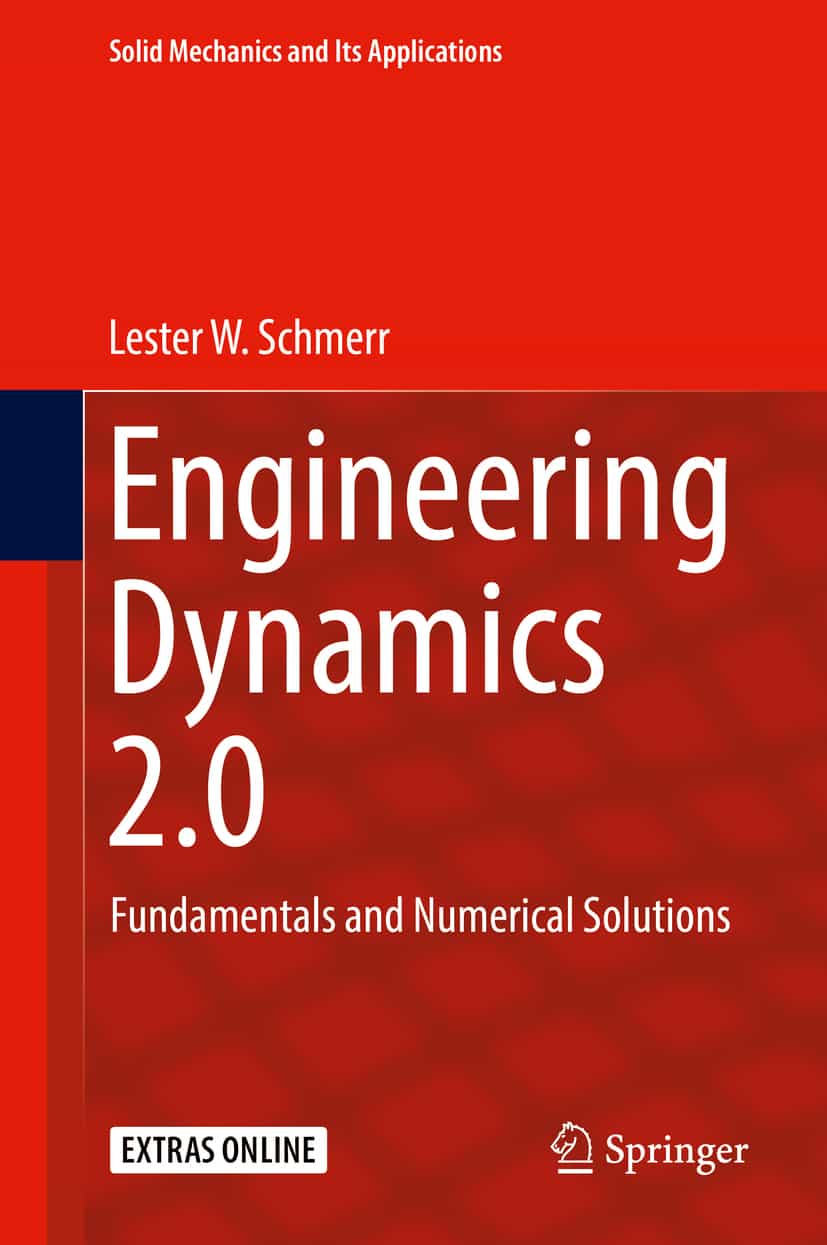
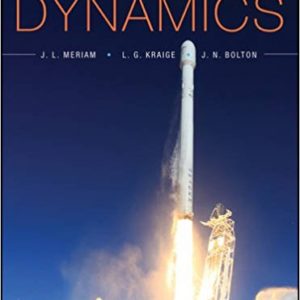
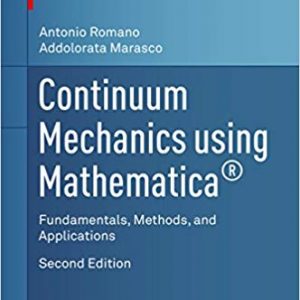
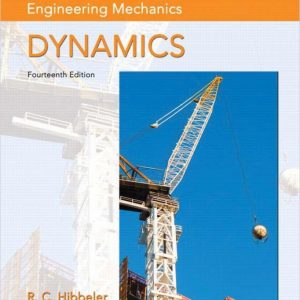
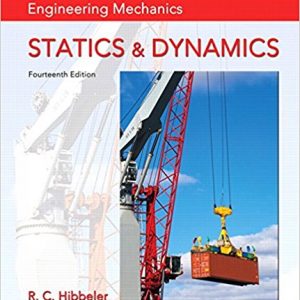
Reviews
There are no reviews yet.